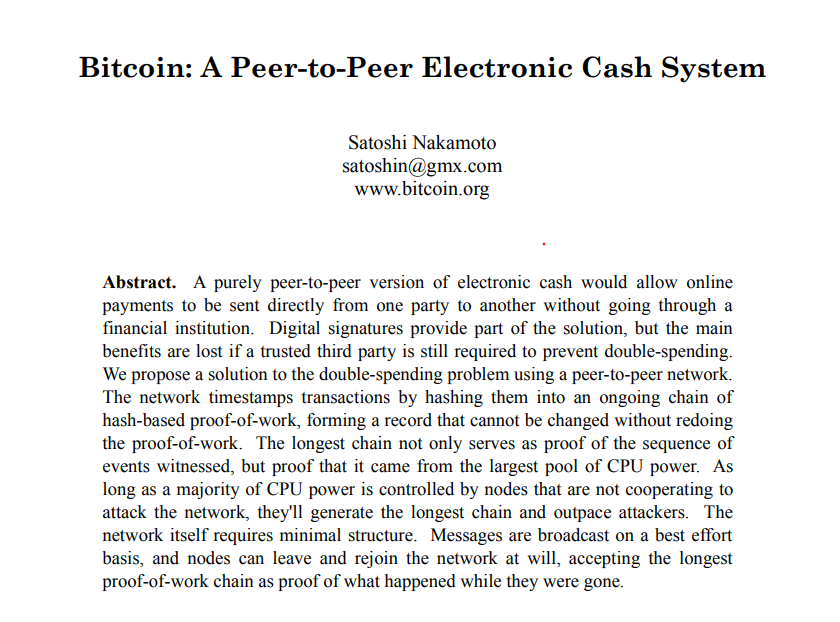For Satoshi Nakamoto, the creator of Bitcoin (BTC), the motivation to create a new payment ecosystem from scratch in 2009 stemmed from the economic chaos caused by the banking sector’s over-exuberant and risky lending practices mixed accompanied by the bursting of the housing bubbles in many countries at the time.
“And who do you think picked up the pieces after the fallout? The taxpayer, of course,” said Durgham Mushtaha, business development manager of blockchain analytics firm Coinfirm, in an exclusive interview with Cointelegraph.
Satoshi recognized the need for a new monetary system based on equity and fairness — a system that gives back power into the hands of the people. A trustless system with anonymous participants, transacting peer-to-peer and without the need of a central entity.
However, a subsequent market downturn — fueled by the initial coin offering bubble bursting — made the crypto industry realize the need to build credibility, authority and trust by proactively working with regulators and legislators. Enter Anti-Money Laundering (AML) and Know Your Customers (KYC) procedures.
Mushtaha started the discussion by highlighting how, unlike fiat currency, transactions in coins and tokens built on blockchain technology are far easier to trace using on-chain analytics and AML tools. Furthermore, introducing KYC procedures to identify and legitimize users across major crypto exchanges resulted in a far more robust financial system that became more impervious to money laundering and other illicit activity.
As a result, it effectively bolstered the sector’s image and enticed more people to trust their hard-earned money in the market. “I see the next bull market becoming a watershed moment, where the masses dive into crypto as fears dissipate and the sector grows exponentially,” he said.
Impact of KYC and AML on the evolution of finance
The early discussions and implementation of global AML and KYC legislation date back five decades, marked by the establishment of the Bank Secrecy Act (BSA) in 1970 and the global Financial Action Task Force (FATF) in 1989. “The risk scenario indicators developed in traditional finance over the past 50 years have been adopted into crypto and niche sectors of the industry, including decentralized finance,” added Mushtaha:
“Where we differ from traditional finance is our on-chain analytical processes. There are no blockchains in…
Click Here to Read the Full Original Article at Cointelegraph.com News…
